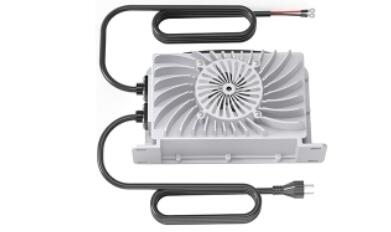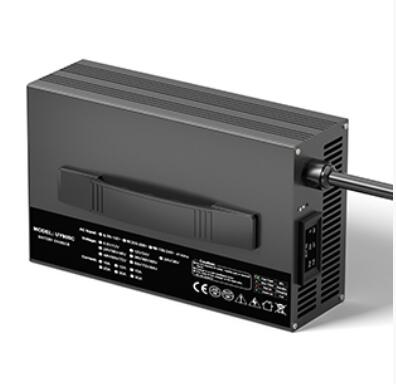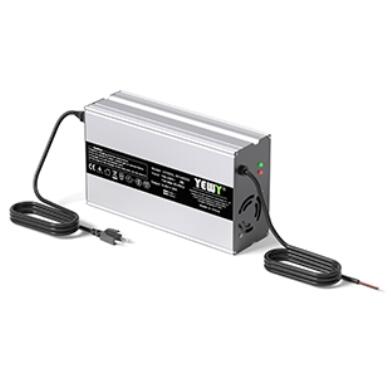

How to deal with frequent use of high-power chargers?
High power chargers, in high-frequency usage scenarios, without reasonable countermeasures, not only affect their performance and lifespan, but may also pose safety hazards. Frequent use can lead to continuous heating and accelerated component loss of the charger, so targeted measures need to be taken from multiple aspects to ensure its stable operation. The following points explain the specific methods:1、 Choose equipment with strong durabilityPriority should be given to high-power chargers with excellent heat dissipation design. These devices usually use high-efficiency heat dissipation materials and reasonable air duct structures, which can quickly dissipate heat during frequent use and reduce damage to internal components caused by heat accumulation.Pay attention to the overall workmanship and component quality of the charger, and choose products with reasonable internal circuit layout and firm solder joints. Such equipment can better withstand the test of current shock and temperature changes in long-term frequent use.High power charger manufacturer2、 Standardize daily usage operationsWhen plugging and unplugging the charging interface, the action should be gentle, avoiding pulling or forcefully inserting or unplugging the wires, to prevent the interface from loosening or poor contact, and to reduce the risk of interface wear and internal circuit breakage caused by frequent plugging and unplugging.During the charging process, avoid moving or shaking the charger, keep it stable, and prevent poor contact or internal component displacement caused by position changes, which may affect normal working conditions.3、 Control the environmental conditions for useEnsure good ventilation in the charging environment and avoid frequent use of the charger in enclosed spaces or areas with accumulated debris. Good air circulation can help dissipate heat and reduce the probability of equipment failure due to sustained high temperatures.Stay away from environments with corrosive gases and dust, which may adhere to the surface of the charger or enter the interior, corrode components, block heat dissipation holes, and affect the long-term stability of the equipment.4、 Perform regular maintenance and upkeepRegularly clean the surface and heat dissipation holes of the charger, use a dry soft bristled brush or cloth to wipe away dust, and prevent dust accumulation from affecting heat dissipation efficiency. Especially after frequent use, dust accumulates faster and cleaning frequency needs to be increased.Check whether the charging cable is aging or damaged, and replace it promptly if the outer skin of the cable is cracked or the internal wires are exposed, in order to avoid affecting charging efficiency or causing safety accidents due to cable problems.Observe whether there are any abnormal phenomena during the use of the charger, such as abnormal heating, noise, odor, etc. If such situations occur, stop using it immediately and conduct professional maintenance to prevent the fault from expanding.Professional manufacturer of high-power chargers5、 Reasonably arrange the use interval and durationTo avoid charging multiple devices continuously for a long time in a short period of time, a certain amount of time can be reserved between two uses to allow the device temperature to drop to normal levels, reducing the accelerated aging of components due to continuous high temperatures.Control the duration of a single charge, even if it is frequently used, it is not advisable to keep the charger in full load working condition for a long time. Disconnect the power supply in a timely manner after the device's power reaches the demand to avoid losses caused by continuous high-power operation.In short, to cope with the frequent use of high-power chargers, it is necessary to consider the quality selection of the equipment itself, standardized operating habits, suitable usage environment, and regular maintenance. Through various collaborative measures, it is possible to reduce equipment wear and extend its service life, while also ensuring stable and safe operation during high-frequency use, fully leveraging its advantages in efficient charging.







